These Animals Behave So Much Like Humans It’s Unsettling
We like to draw a line between humans and animals, a clear divide built on memory, empathy, and invention. But that line doesn’t always hold. Apes steal territory. Parrots ace memory tests. Bees react with what looks like emotion. Watch closely, and in some moments, it feels like looking into a mirror. These animals don’t act human, exactly, but they’re closer to us than most people realize.
Chimpanzees
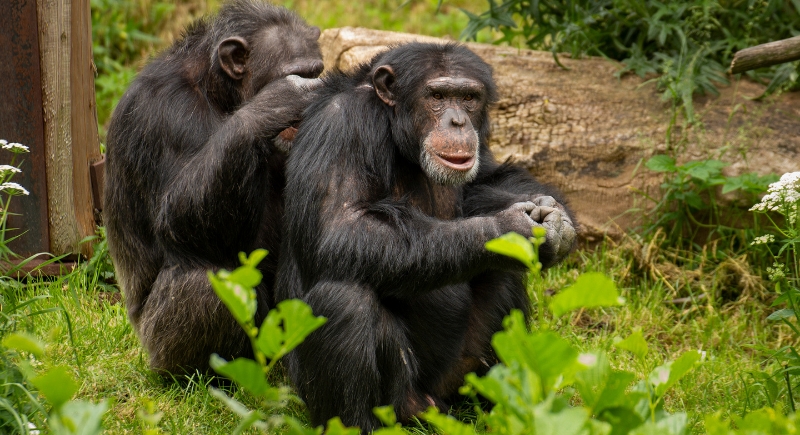
Credit: Getty Images
Researchers have found that chimpanzees share the five major human personality traits. These include traits like agreeableness, conscientiousness, and neuroticism. Older males spend more time with trusted companions, much like aging humans. Analysis published in 2020 showed that they also seek out meaningful connections over larger social groups.
Gorillas
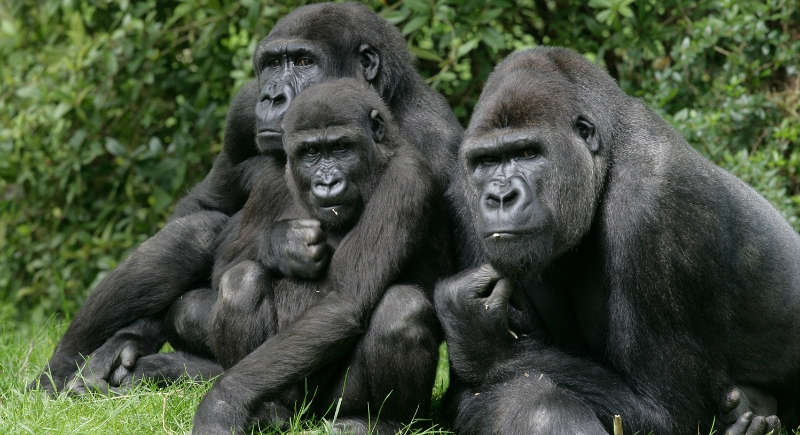
Credit: Getty Images
Gorillas show emotional depth through body language and facial expressions. They have demonstrated joy, sadness, and even frustration. Some groups develop unique habits that reflect localized culture. For instance, grooming styles and vocal patterns differ between populations.
Cats
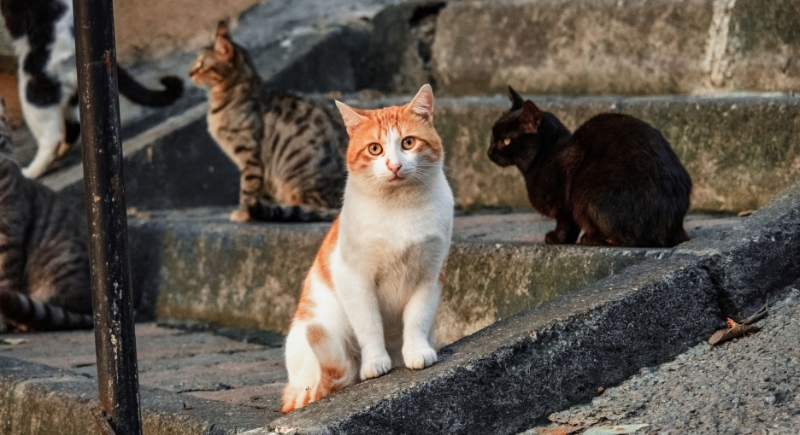
Credit: Canva
A cat named Toldo began making daily visits to the cemetery after his owner died in Montagnana, Italy. He would bring small items like leaves and twigs and stay for long stretches of time. His daily presence at the grave suggested a lasting attachment and a sense of loyalty. This mirrored the way people return to gravesites to maintain an emotional connection.
Dolphins

Credit: Getty Images
Dolphins have been spotted cooperating with humans in the wild. In Laguna, Brazil, wild dolphins herd fish toward fishermen and signal when to cast their nets. Ancient accounts even describe dolphins guiding ships or rescuing swimmers. Elsewhere, dolphins have shown the ability to remember the unique whistles of other dolphins even after twenty years apart, a social memory that rivals our own.
Bears
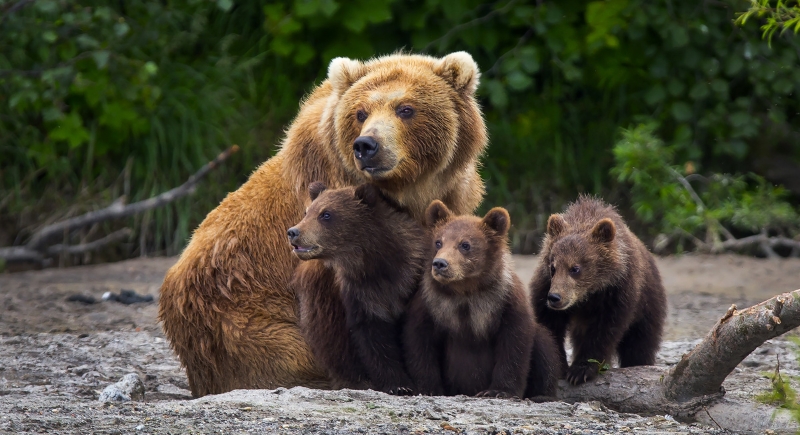
Credit: Getty Images
At Ahtari Zoo in Finland, a bear named Santra was seen stretching in ways that resembled yoga poses. A visitor captured the moment when she balanced upright and reached for her back paws. The bear repeated these movements calmly and with focus. Zookeepers confirmed this practice wasn’t formally taught.
Whales
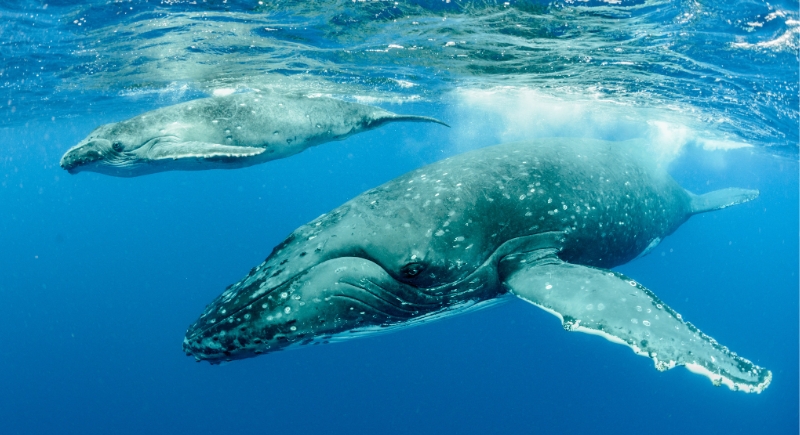
Credit: Getty Images
In 2011, researchers near San Francisco freed a humpback whale tangled in crab lines and anchors. The moment they cut the last rope, the whale didn’t bolt. It circled the boat, breached repeatedly, and even gently nudged the divers. The team later described it as a kind of interaction they couldn’t explain with simple biology. Some called it gratitude. Others just saw something they didn’t expect from a 40-ton animal.
Lions
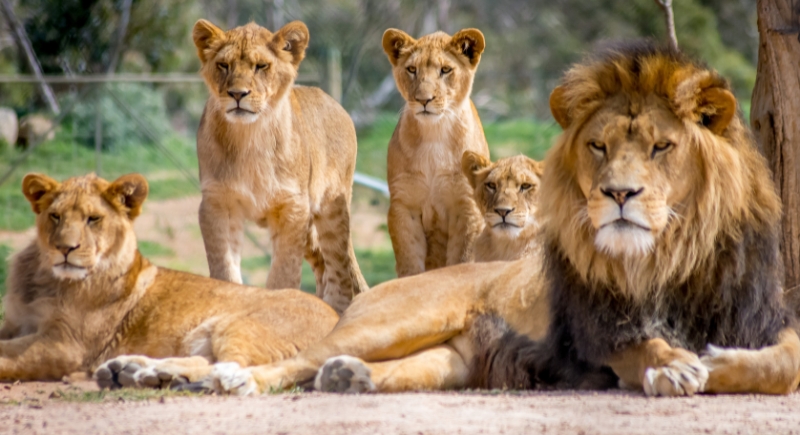
Credit: Canva
A lion’s mane changes how others treat it. In a study at the Smithsonian’s National Zoo, researchers noticed that females consistently preferred males with darker, fuller manes. Those lions also got more backup during fights. The darker color correlates with higher testosterone and better nutrition, so the mane quietly broadcasts who’s in top form without a roar or a challenge.
Horses
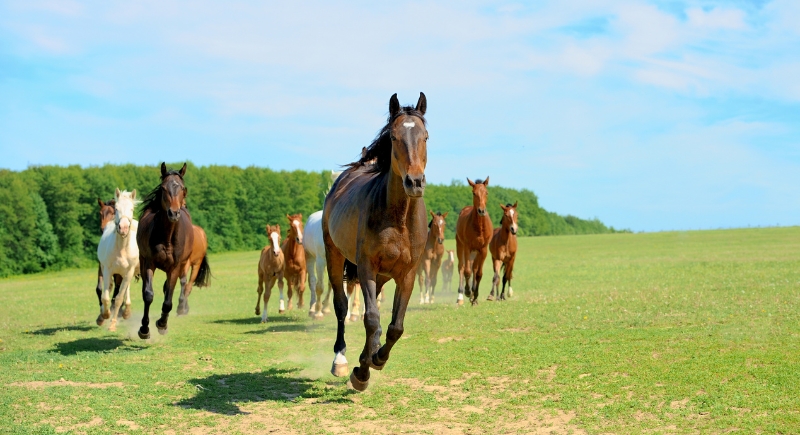
Credit: Getty Images
Horses aren’t nearly as indiscriminate as they look when grazing. Studies show they can tell the difference between types of hay and will pick through to find what they like best. They’ve got a vomeronasal organ that picks up chemical cues in food and water, and taste buds that stretch onto the roof of the mouth.
Orangutans
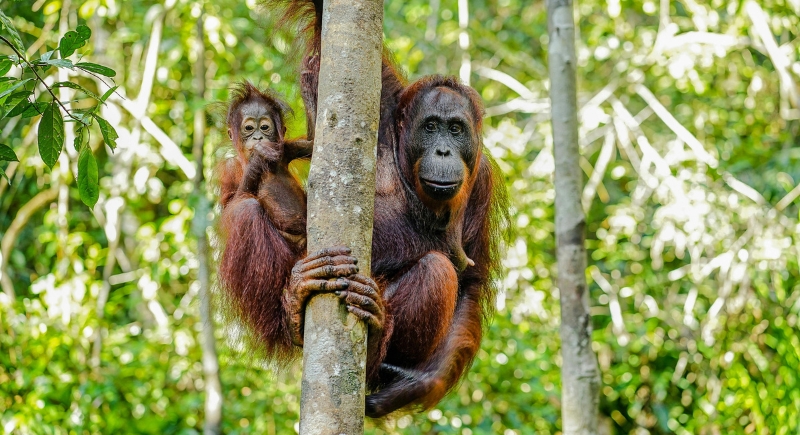
Credit: pexels
In parts of Borneo, some wild orangutans have picked up tricks you wouldn’t expect. After spending time near rivers where fishermen work, they started using sticks to poke at the water, sometimes fishing out fruit, sometimes jabbing at actual fish. A few have even been seen lifting catches straight from unattended nets. It’s not a one-off. Its behavior is passed along by watching and copying, and it is the way culture spreads.
Japanese Macaques
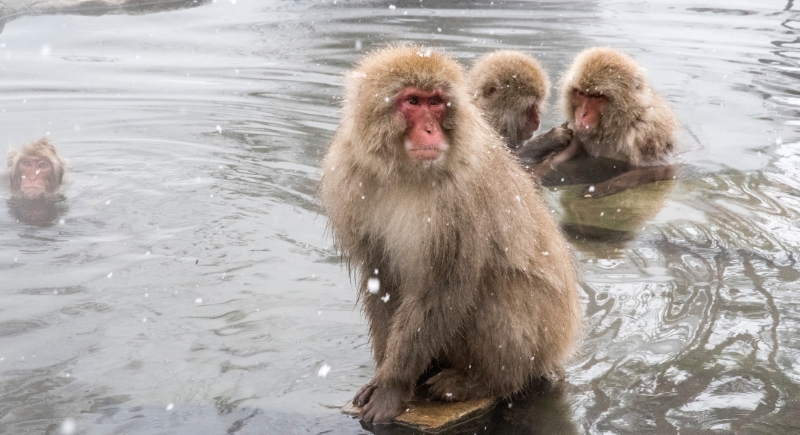
Credit: Getty Images
In the 1950s, scientists studying Japanese macaques noticed something strange. After they dropped sweet potatoes onto the sand, a young monkey named Imo began rinsing hers in the sea. Others watched, picked up the habit, and kept it going. Even monkeys who had never seen Imo started doing it. The behavior didn’t fade—it became part of the group’s routine.
Ants
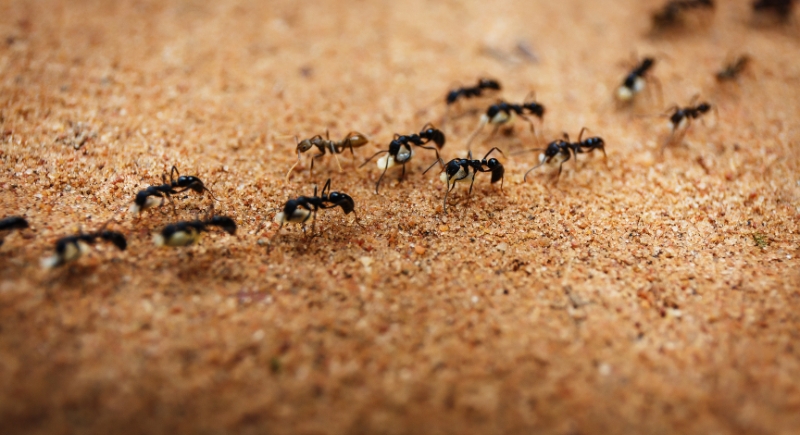
Credit: Getty Images
Walking in straight lines across desert terrain, these insects rely on something more precise than scent or sight. Desert ants use an internal pedometer to measure distance. In one experiment, experts changed their leg lengths. Ants with shorter legs undershot the target, and those with longer legs overshot it. The results confirmed that ants count steps.
Pigeons
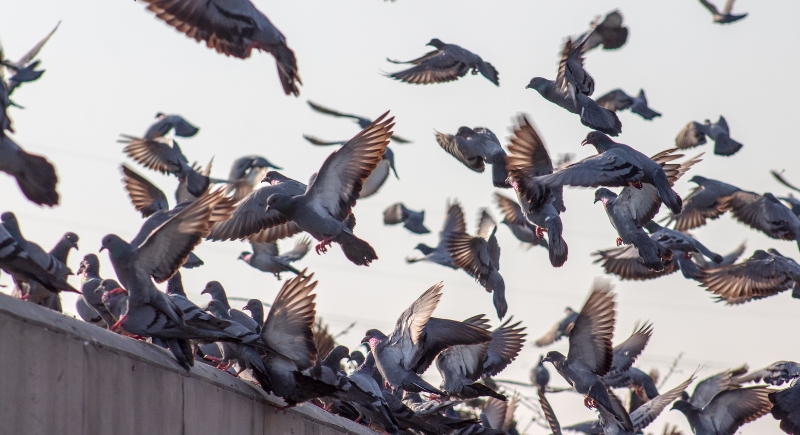
Credit: pexels
During both World Wars, Pigeons played an important role by carrying messages across enemy lines. Thirty-two of them earned the Dickin Medal for their service. These birds were incredibly reliable under pressure, and military units depended on them when other methods failed. Their homing ability and consistency saved lives.
Camels
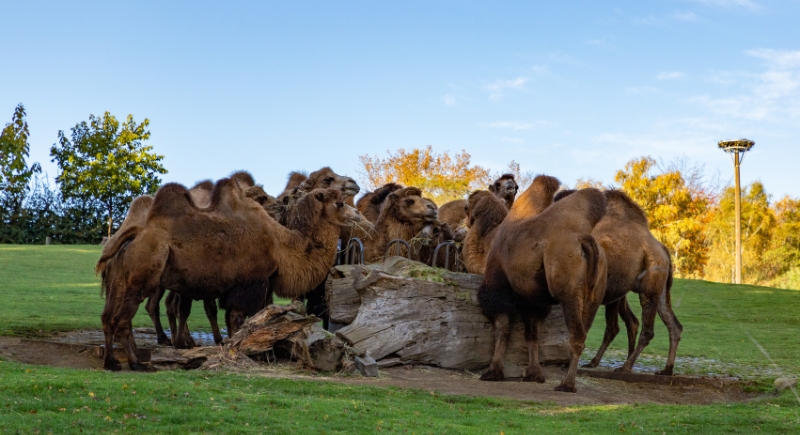
Credit: Canva
Joe, a Bactrian camel in England, helped himself to fruit by sticking his head through a kitchen window. Instead of shooing him away, the family began feeding him at the table. Joe now regularly eats cereal and bananas on toast with them. He arrives, eats, and leaves without fuss.
Asian Elephants
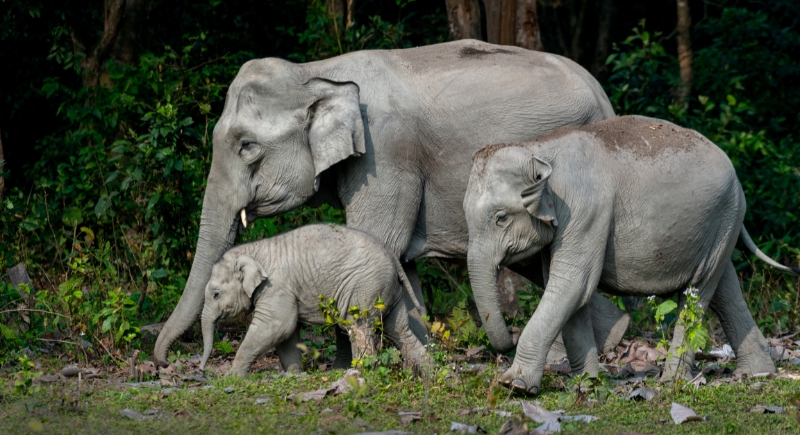
Credit: Getty Images
When researchers placed a mirror in front of an Asian elephant at the Bronx Zoo, something unexpected happened. The elephant used her trunk to touch a mark on her own face, a sign she recognized as the reflection of herself. That level of self-awareness is rare in the animal world. Some scientists think elephants may have gradually tamed themselves over time and shifted toward cooperation and social bonds rather than aggression.
Rats
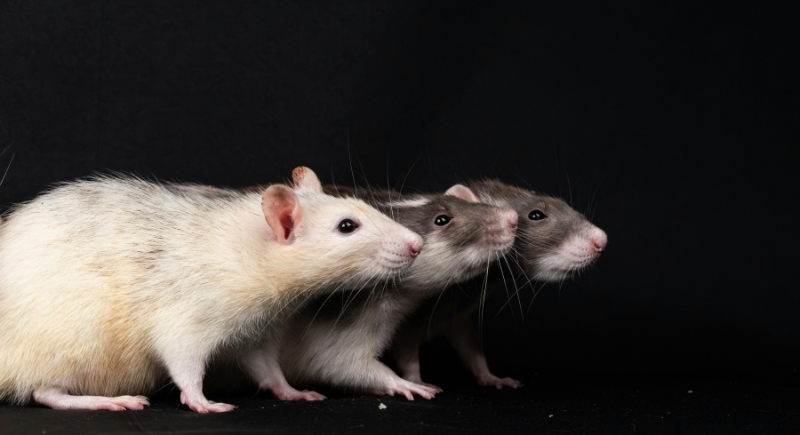
Credit: pexels
Long before Ratatouille charmed audiences with a rat who could cook, real rats were displaying conduct that suggested emotional depth. In a 2011 observation, they worked to free trapped cage-mates, even when there was no reward involved. Some scientists say this shows empathy; others argue it’s about seeking social interaction.